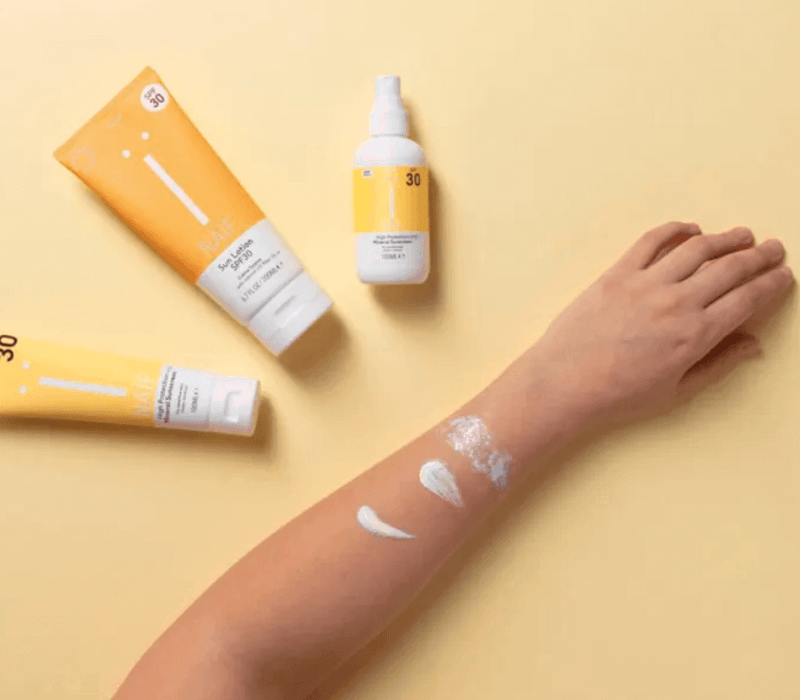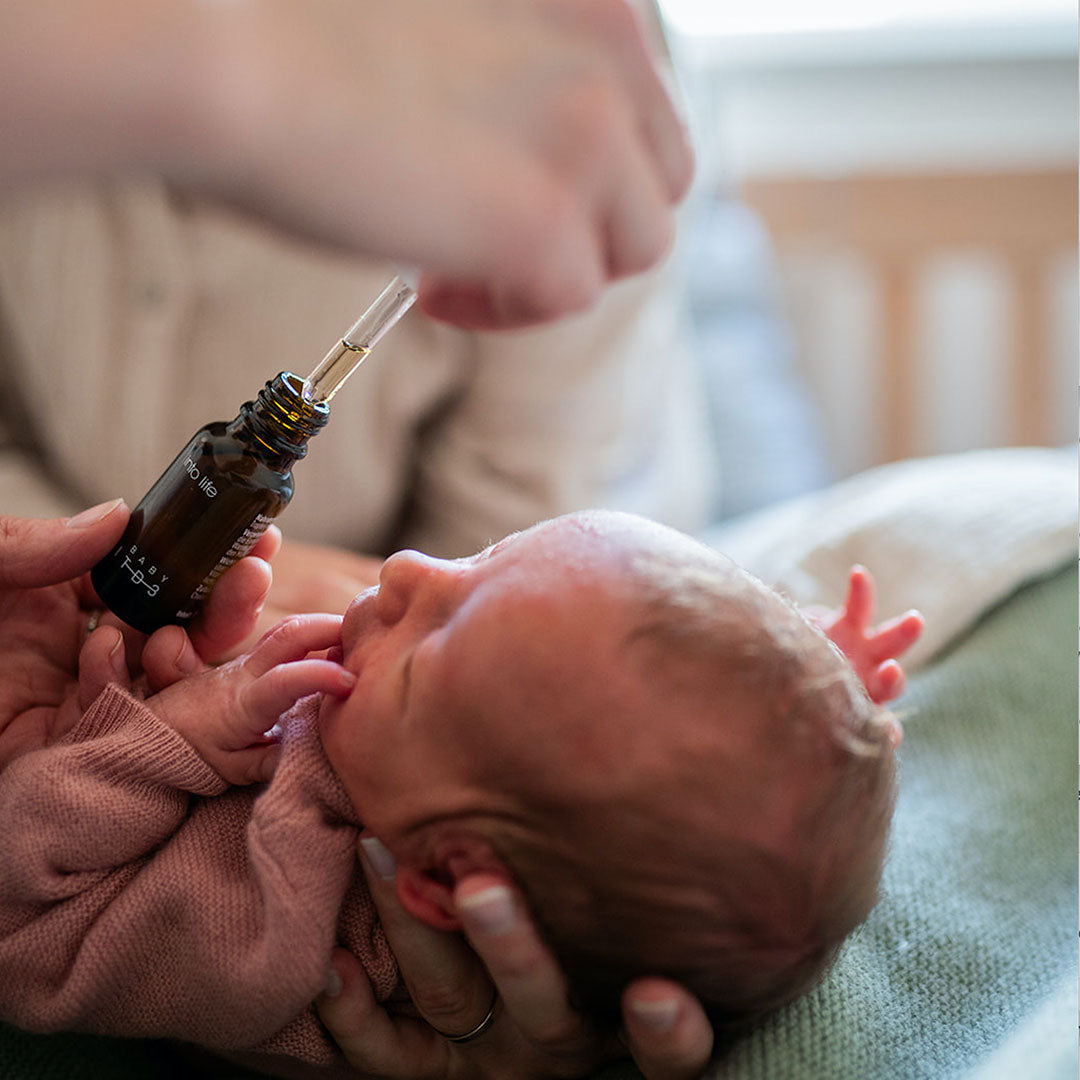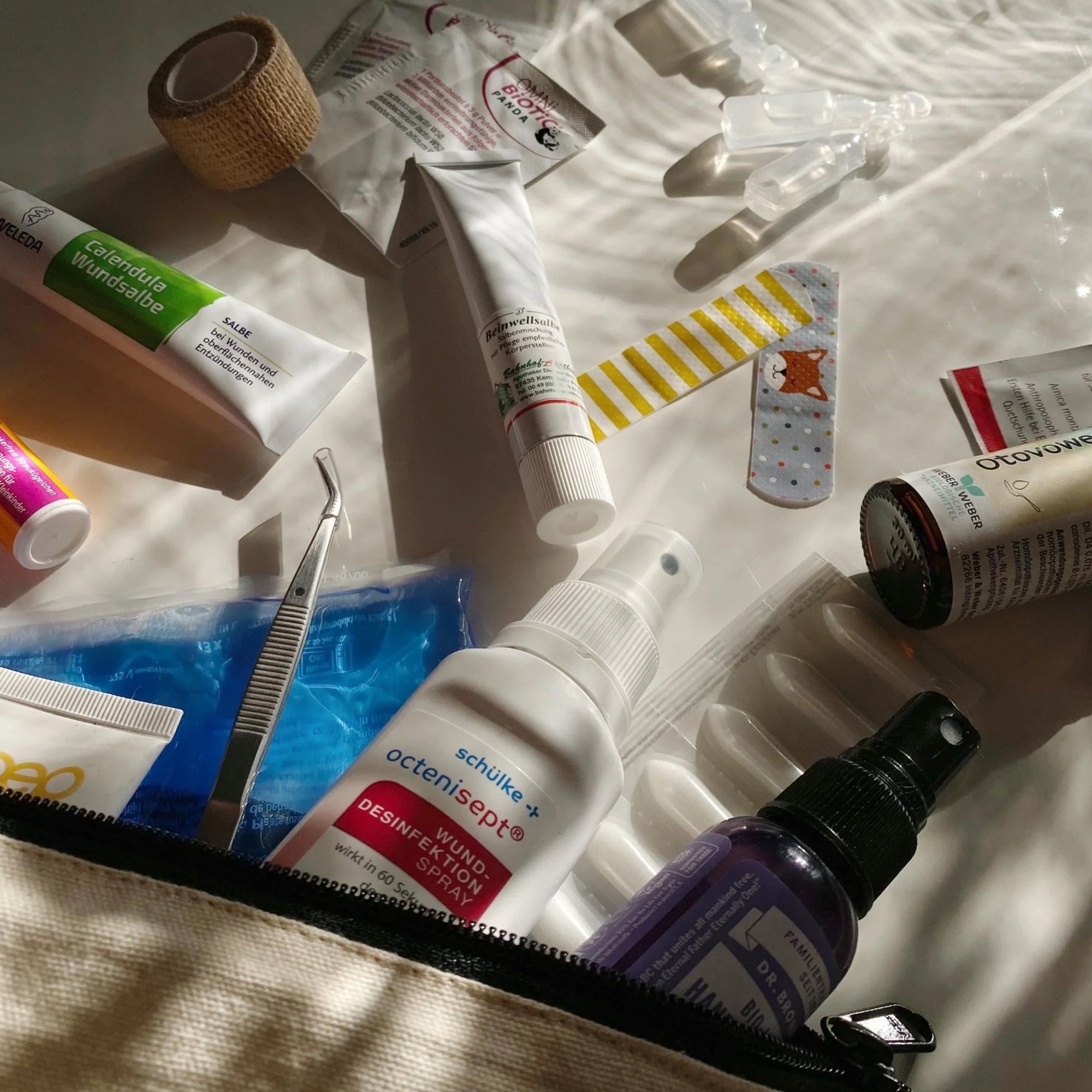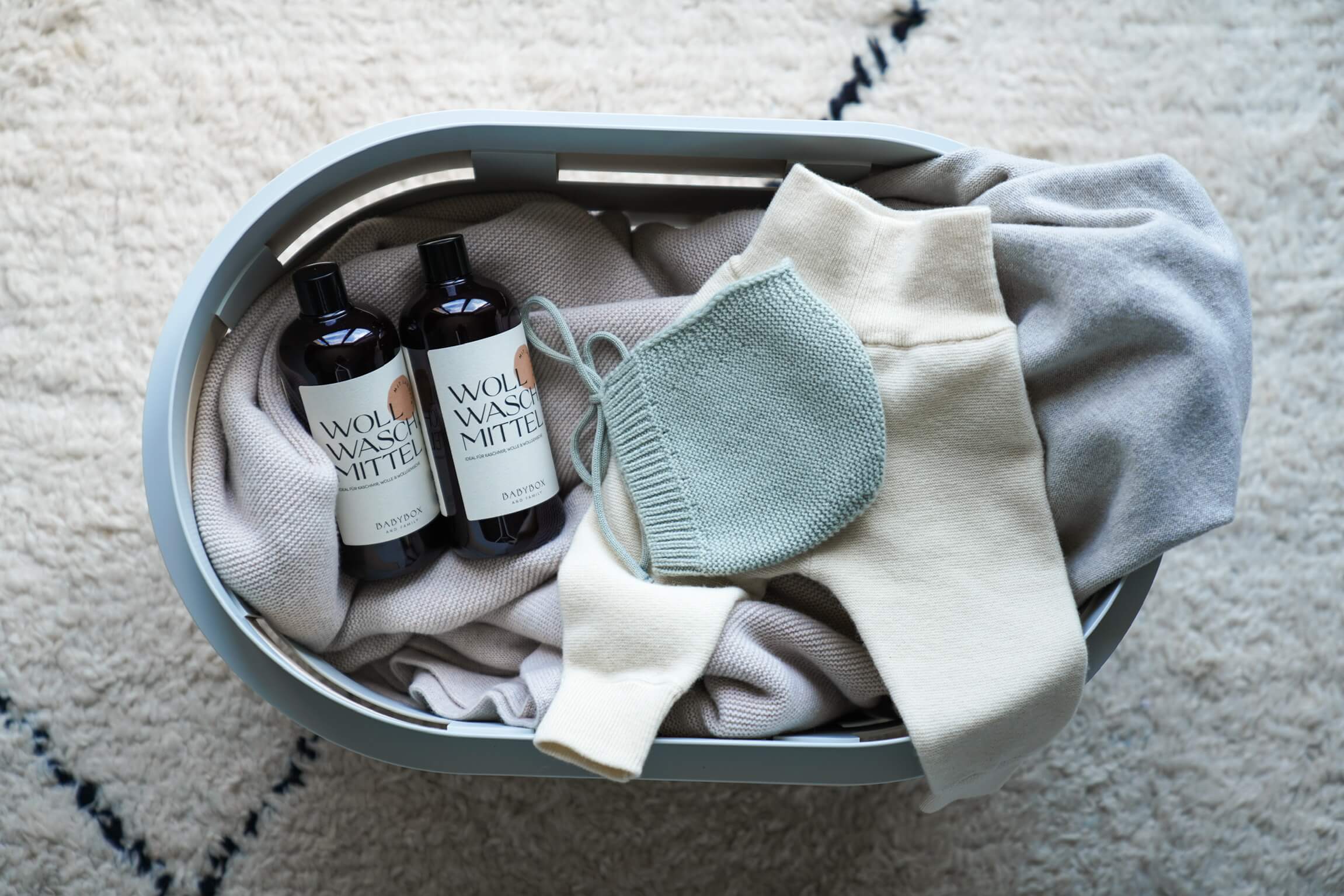Sunscreen can be a confusing topic due to the sheer variety of products available. To help clear things up, we've conducted research and compiled essential information about sunscreen for you.
We've examined active ingredients, protective effects, formulations, and specific needs, outlining their advantages and disadvantages.
1. By Active Ingredient:
Mineral sunscreen:
Mineral sunscreen contains mineral (physical) blockers such as zinc oxide or titanium oxide. These filters lie on the surface of the skin and reflect or scatter UV rays.
Benefits of mineral sunscreen:
Mineral sunscreen provides immediate protection upon application, eliminating the need to wait for absorption. It's ideal for baby and children's skin as it tends to cause fewer allergic reactions. Moreover, it's considered more environmentally friendly due to its fewer chemical ingredients that can harm coral reefs.
Disadvantages of mineral sunscreen:
Mineral sunscreen often leaves a white film on the skin and is harder to apply than non-mineral sunscreen.
Non-mineral (chemical) sunscreen:
Non-mineral (chemical) sunscreen contains blockers such as oxybenzone, octinoxate, avobenzone. These blockers penetrate the skin and absorb UV rays, converting them into heat and then releasing them.
Benefits of non-mineral sunscreen:
Non-mineral sunscreen is quickly absorbed into the skin and does not leave a white film. It is also easier to apply to the skin and feels more comfortable.
Disadvantages of non-mineral sunscreen:
Non-mineral sunscreen can cause irritation and allergic reactions on sensitive skin. Some of the chemical blockers are suspected to have hormonal effects and some of the chemical ingredients can damage coral reefs and sea water.
2. By Level of Protection
Broadband protection:
When it comes to protection, a distinction is made between UV-A and UV-B radiation protection.
UV-A rays penetrate deeper into the skin than UV-B rays and are the main cause of premature aging. UV-A rays weaken the skin's immune system and are often responsible for the development of skin cancer.
UV-B rays are the main cause of sunburn and can also increase the risk of skin cancer after longer exposure.
Broad-spectrum protection protects the skin from both types of ultraviolet rays, UV-A and UV-B.
Sun Protection Factor:
The sun protection factor (SPF) indicates how much longer you can stay in the sun without getting sunburned in relation to unprotected skin.
The higher the SPF, the greater the protection, but it should be noted that the effectiveness of sun protection does not increase linearly. SPF 30 blocks 97% of UVB rays, SPF 50 around 98%.
Water resistance:
Water resistance means how long the sunscreen retains its effectiveness when the skin becomes wet (through sweating or swimming).
3. By Formula
When it comes to sunscreens, you can choose from lotions, creams, gels, sprays, and now sticks.
Lotions are easily spreadable and great for large areas.
Creams are rich and often are intended to be used as moisturizers.
Gel , on the other hand, absorbs quickly and is particularly suitable for hairy areas of the body or oily skin.
Spray is easy to apply, especially in hard-to-reach areas. However, applying it evenly can be difficult.
Sticks are compact and ideal for precise application on smaller areas of the body, such as the face.
4. According to Specific Needs
Waterproof, hypoallergenic, suitable for sensitive baby and child skin, and environmentally friendly are distinct requirements for sunscreens.
Waterproof sunscreen retains its protective effect even when in contact with water. It is perfect for swimming and activities that make you sweat a lot.
Hypoallergenic sunscreen is specially formulated to minimize the risk of skin irritation and allergic reactions.
Sunscreen for babies and children is often mineral-based and does not contain fragrances or preservatives
Eco-friendly sunscreen is free from chemicals that can harm the environment, like coral reefs and other marine life
What to Look For When Buying Sunscreen for Babies and Children
When choosing sunscreen for babies and children, certain features are particularly important to ensure the best possible protection and compatibility for the sensitive skin of your little ones. Here are our recommendations:
Use mineral sunscreens without fragrances and preservatives: Sunscreens containing mineral blockers like zinc oxide or titanium dioxide typically provide broad-spectrum protection against UV-A and UV-B rays. They are often formulated without fragrances and preservatives, making them exceptionally gentle on sensitive baby and children's skin. Moreover, they are environmentally preferable, particularly beneficial for marine life.
Buy sunscreen with a high SPF: Purchase at least SPF 30 sunscreen, but ideally SPF 50, to ensure the best protection for your child. Their skin is thinner than adults', and children typically spend more time outdoors than adults do.
Make sure that the sunscreen is waterproof so that your child is adequately protected even in the water or when sweating a lot.
In general, in summer:
- Apply regularly: Regardless of the SPF, it is important to apply sunscreen regularly, especially after swimming, sweating or drying off.
- The sun's rays are at their most intense between 10 a.m. and 4 p.m. Try to make sure you have plenty of time in the shade, especially when on vacation.

Naif
Our product recommendation
And of course, we'd like to recommend a product to you. We've been loyal users of NAÏF products for several years. NAIF offers mineral sunscreen free from fragrances and preservatives.
Plus, during our research, NAIF generously provided us with an exclusive discount code just for you, valid until the end of August. Yippee!
With the code BABYBOX10 you'll save 10% on all NAIF products.
Babybox Knowledge
Summer-Travel-Children
Our article series provides you with many personal tips, experiences, and knowledge about summer and traveling with children.







